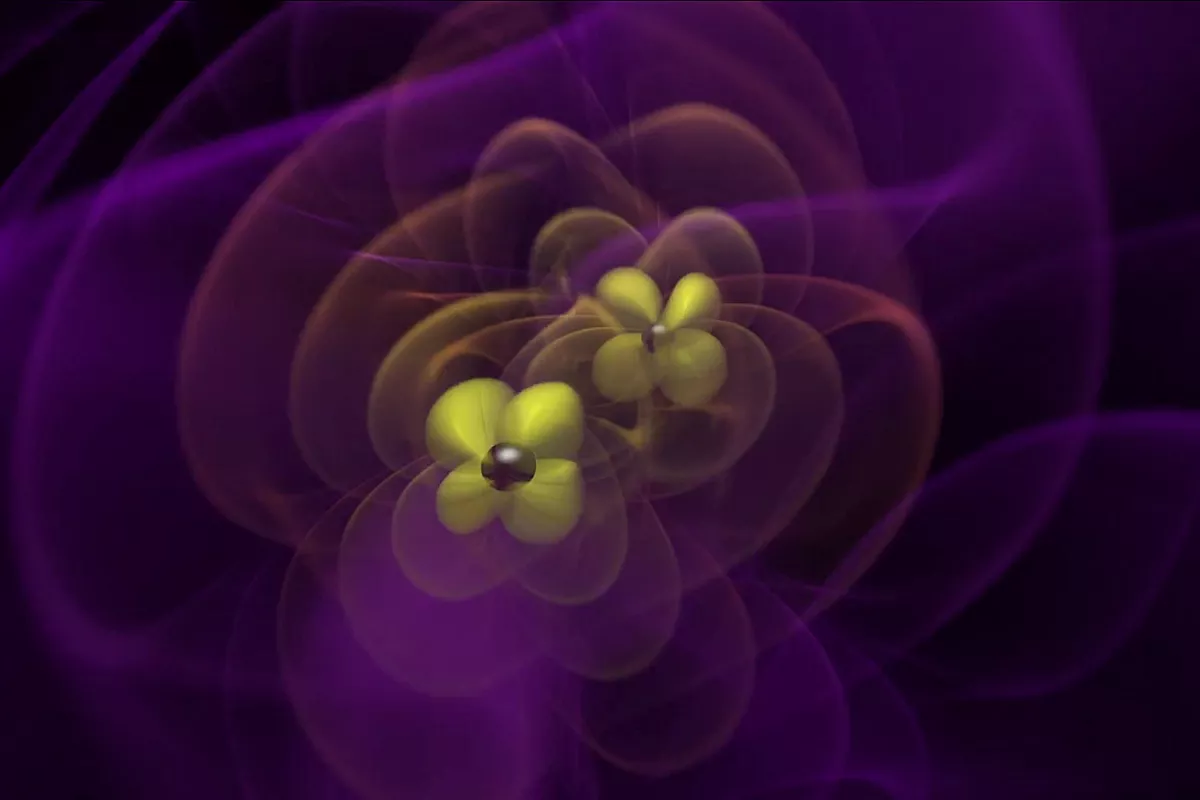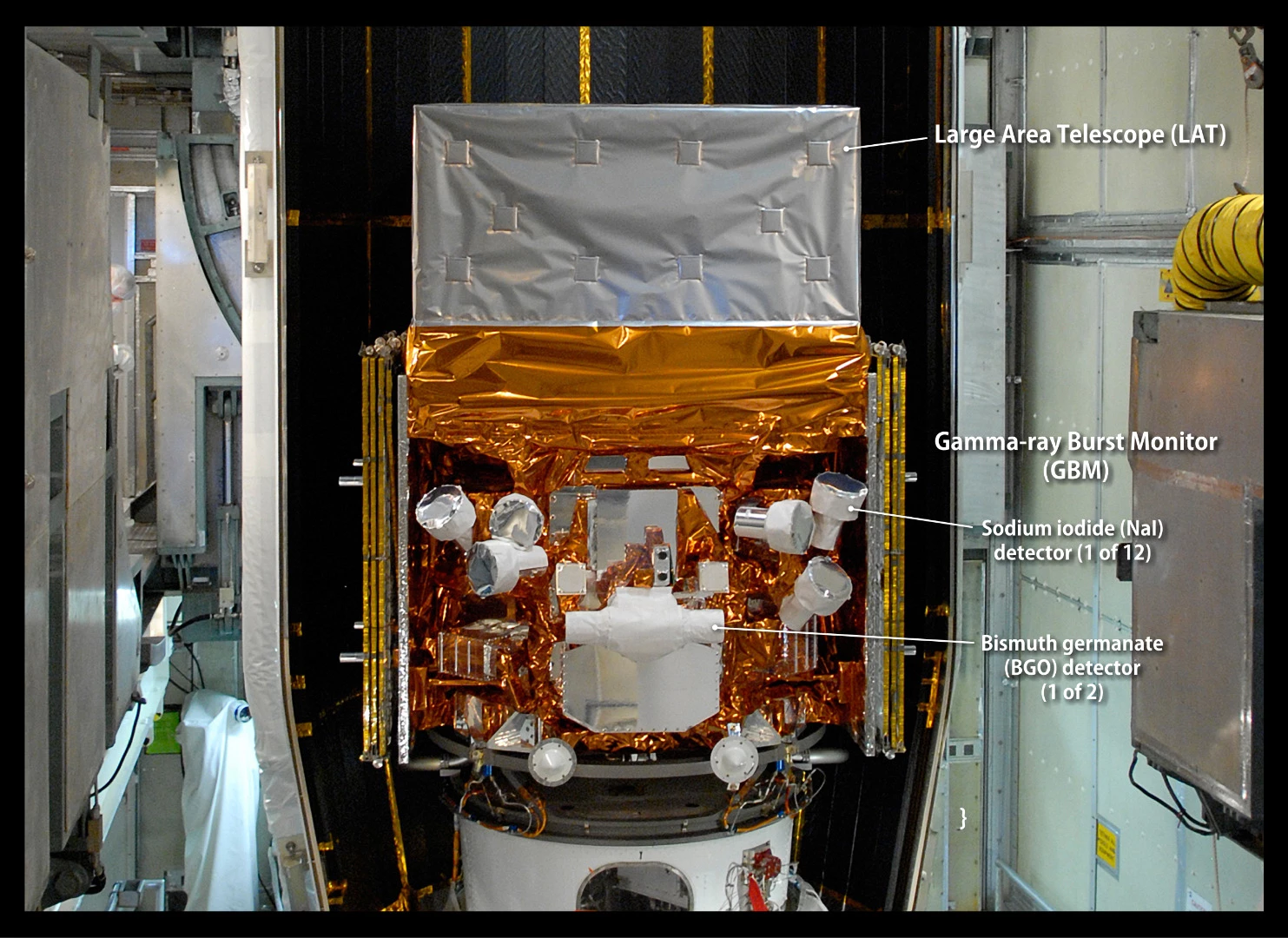Astrophysicists made history last year when they detected gravitational waves – the elusive ripples in space-time that were first theorized by Albert Einstein as part of his theory of general relativity in 1916. Early efforts failed to pinpoint the visible light component of the chaotic event that triggered the waves. But now data from NASA's Fermi telescope has reduced the search area by around two-thirds, which will help scientists understand more about the nature of the event and improve their systems for detecting future gravitational wave events.
Detected on September 14, 2015 by the Advanced Laser Interferometer Gravitational-Wave Observatory (LIGO) team, the disturbance to the very fabric of space-time was produced by two massive black holes, each about 30 times the mass of the sun, which collided some 1.3 billion years ago. It's been heralded as confirmed physical proof, at last, that Einstein's theory was correct – that gravity is inextricably interwoven with matter and energy, and that an exciting new era of astronomical observation awaits.
But pinpointing the origins of the waves has not been easy. LIGO scientists narrowed it down to an arc of sky spanning approximately 600 square degrees. It's a little like searching for a specific needle located somewhere in the United States. NASA's Fermi Gamma-ray Space Telescope has further reduced the search area to just 200 square degrees, however.
This comes thanks to analysis of a brief, weak burst of high-energy light that hit Fermi's Gamma-ray Burst Monitor (GBM) less than half a second after LIGO detected the event. An international team of scientists has calculated that the Fermi measurements have less than 0.2 percent chance of being random fluctuations (because they happened so close to the merger), though some astronomers remain unconvinced because they expected the gas needed to generate x-ray or gamma-ray signals to have been swept up by the twin black holes long before the collision.
The bad news is that the burst occurred at a high angle to the GBM detectors, which reduced Fermi's ability to pinpoint the incident, but the good news is that Earth blocked much of the burst from Fermi's detection. See the video below for a visualization of how Fermi can reduce the search area.
The new data will not only help scientists in their studies of the September 14 event – which promises to unravel more of the mysteries surrounding both black holes and gravitational waves – but also aid them in detecting future gravitational waves from colliding black holes or neutron stars.
The data is also enabling astrophysicists to determine what exactly causes short gamma-ray bursts, which last less than two seconds and are believed to occur during the same events that produce gravitational waves. These two observations in conjunction hold a massive amount of information – the gamma ray burst detected by LIGO reveals details about energy and environment at the source of the event, while the gravitational waves detected by Fermi can probe into the dynamics leading up to the collision.
The researchers wrote a paper currently under review by The Astrophysical Journal that describes the Fermi observations of the gravitational wave event.
Source: NASA





